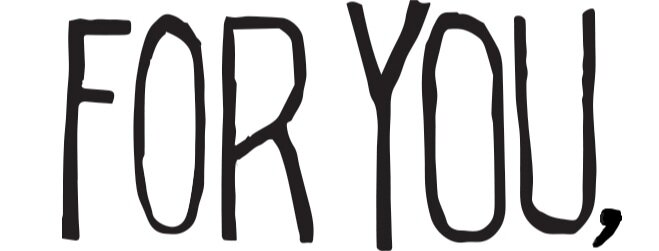Katarina Rampackova & Judit Varga
Katarina Rampackova is a choreographer, performer and dance activist born in Kosice, Slovakia. After studying physical theater at Scuola Teatro Dimitri in Switzerland, she graduated with a Master of Arts in Choreography at the Academy of Performing Arts in Prague, Czech Republic. Currently she lives in Barcelona. In her hometown, she founded the organization Priestor Sucasneho Tanca (PST), which takes care of contemporary dance in Kosice. Besides intensive workshops, classes, and production of performances, PST organizes an annual festival of contemporary dance, new circus, and physical theater called MOVE fest Košice. She has been a freelancer since 2009; her work is influenced by the places where she lived. Her last choreographic works are: performative-choreographic exposition in collaboration with Sztuka Nowa; a theater company based in Warsaw, Poland; a dance performance for children called Jumika; and inclusive dance performance Body Recognition. As a choreographer, she takes part in the international project Sound in the Silence. She collaborates with Ara en Moviment from Barcelona in promoting and using Contact Improvisation as an innovative tool applied in youth work. She speaks four languages (English, Italian, Spanish and German). Improvisation is still the main part of her creative work and personal life.
Judit Varga was born in Hungary in 1927 and grew up in the town of Nagykanisza. In spring 1944, the German Wehrmacht occupied Hungary. The Hungarian Jews had been relatively safe up to then. But suddenly things started to change quickly. Soon Jews were forced to wear a yellow star. They were banned from doing many everyday things overnight. At the end of April, Judit and her family were deported to Auschwitz-Birkenau. There, she saw her father János and her brother Sándor for the last time. Judit was assigned to do forced labour for an armament corporation. For eight months, the then 17-year-old had to perform heaviest labour for the Deutsche Gasrußwerke (DGW). When the Russian Army neared in January 1945, she was "evacuated" by the SS. On January 19th, she and her fellow prisoners were transported to the West in open cattle wagons. Many died or were shot during the journey. After her arrival at Ravensbrück Concentration camp, Judit coincidentally met her mother again, who had been "evacuated" to Ravensbrück from Auschwitz. Two weeks later, both were transferred to the satellite camp Retzow-Rechlin, where Judit was again conscripted to do forced labour for the Aeronautical Test Centre Rechlin. When her mother was dying, she told Judit where her father's diaries, which he had kept for his children, were hidden. After her liberation – Judit was 18 years old and the only survivor of her family – she went to university and became a Doctor of Law. She lives in Budapest until today. For decades, she never spoke about her experiences, until she gave in to her family’s wish and opened herself. She turned out to have an excellent memory and narrative skills. In January 2001 she published her father’s diary under the title Ködkárpit (Shroud of mist).
Connection
Process
Sound in the Silence is an international, multi-disciplinary historical performance project that uses location-based narratives as a prompt for the creation of new work and the intergenerational connection of people and cultures. This immersive project places you in-residence at locations where history happened and takes you through a process that results in a site-specific performance as its culminating act. Since 2018, we have partnered with the Ravensbrück Concentration Camp Memorial site to connect their meeting of survivors called the Generations Forum with the creative inquiry and methodology of the Sound in the Silence project. The result has been a deep connection between the project, our participants, and the survivors of the camp. We believe deeply that this creative and educational methodology is transformational and can be applied to a variety of historical, cultural, and social projects. Past editions of the project include Neuengamme (Germany), Borne Solinowo (Poland), Gdansk/Stutthof (Poland), Auschwitz/Zilina (Poland/Slovakia), Oakland (USA), Ravensbrück (Germany), Warsaw (Poland), and Bunker Valentine (Germany). Sound in the Silence was founded by Jens Huckeriede, Dan Wolf, and die MOTTE (Hamburg). Since 2012 European Network Remembrance and Solidarity (Warsaw) has been a co-partner of the project.
Thumbnail Photo Credit: Judit Varga. Judit Varga in Budapest (after liberation in 1945).
